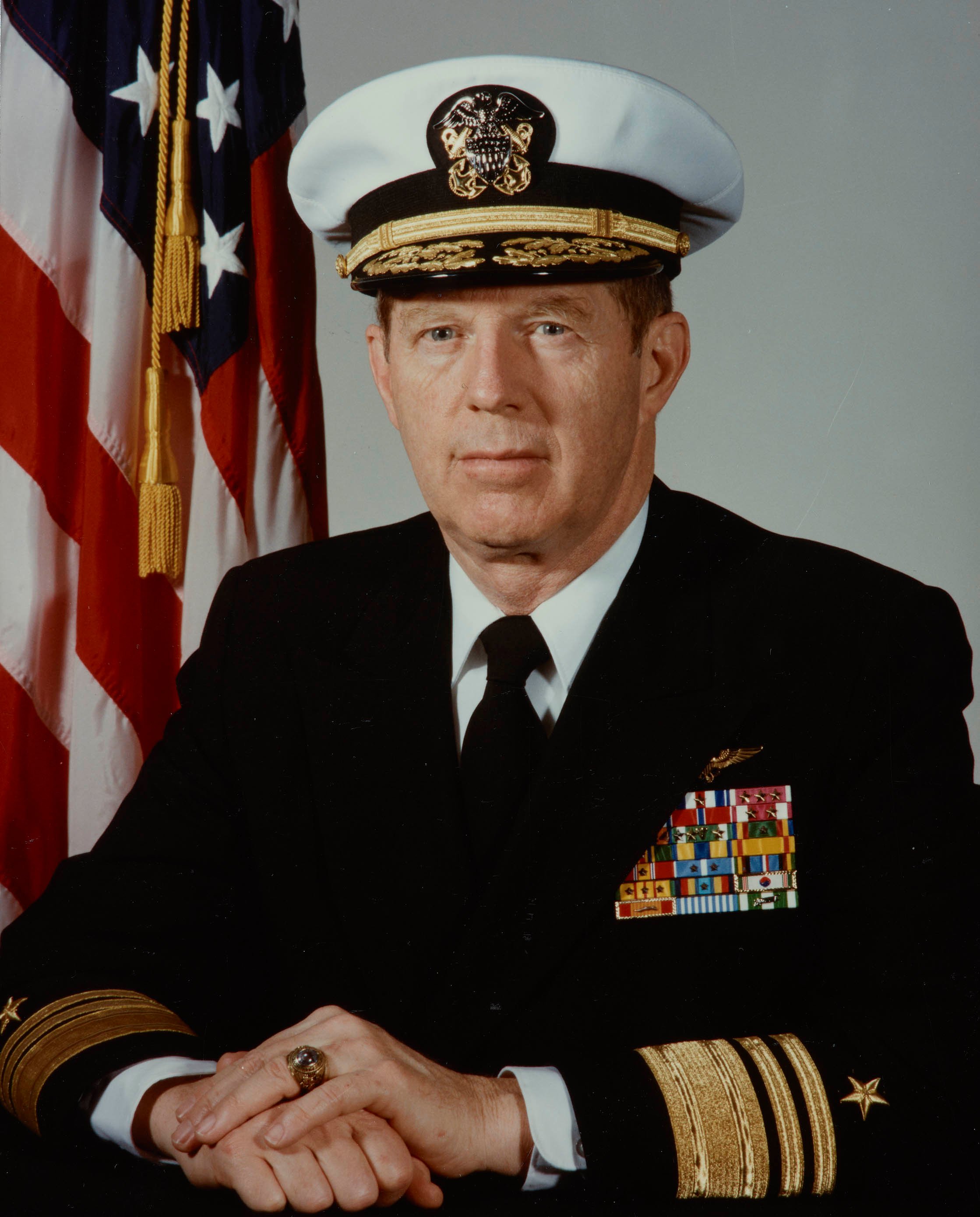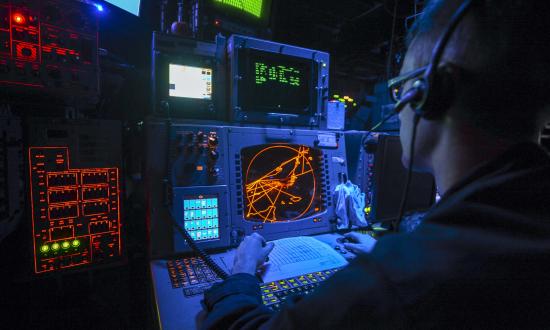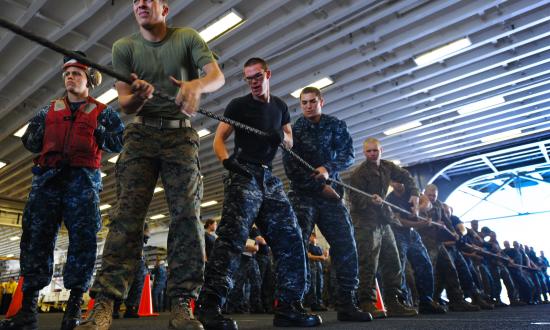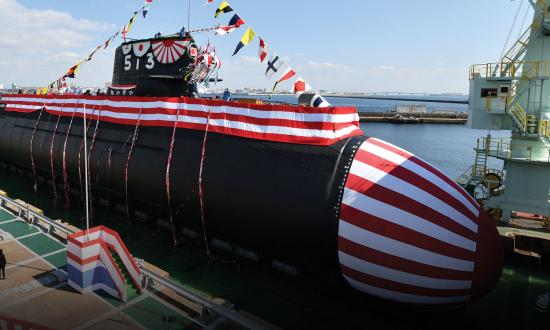Recent news stories have described U.S. Navy freedom of navigation movements through the Taiwan Strait. One might be led to think this is something new, but, in fact, U.S. Navy and other nation’s ships have been transiting the Taiwan Strait for years.
Before World War II, there was little controversy over such transits. The Nationalist Chinese were busy fighting Communists and trying to consolidate a government on the mainland. Taiwan, then called Formosa, was occupied by the Japanese, and there was little interest in stemming traffic through the strait. That all changed after the war. China claimed Taiwan, and all Japanese forces were evacuated.
Then, shortly after the war, the Chinese Communist Party (CCP) drove Chiang Kai-shek and his Nationalists from power and took over mainland China, turning it into a Communist state. With the Nationalists’ defeat, the CCP also claimed Taiwan and several offshore islands, but the majority of people living on Taiwan and the other islands did not identify with the Communists and so maintained an independence of sorts. Meanwhile, Chiang Kai-shek, his government, and many other Chinese evacuated the mainland and set up what became known as the Nationalist government in Taipei. The United States backed Chiang and his government with dollars and declarations of support.
At first, the CCP was preoccupied with other issues, and few observers were genuinely concerned that China might attempt to take Taiwan. But when the Chinese entered the Korean War, calculations changed. Many feared the CCP would take advantage of Western (U.S.) preoccupation with Korea and attempt a takeover of the Nationalist-occupied offshore islands and, indeed, Taiwan itself. Thus, an “early warning network,” a patrol in the Taiwan Strait, was implemented.
The patrol consisted of two U.S. Navy destroyers and P5M aircraft serviced by a seaplane tender anchored in the Pescadores Islands. The destroyers patrolled a defined line roughly parallel to the Taiwan coast about 50 miles out and 96 miles from north to south. Each ship patrolled 48 miles, four hours at 12 knots in one direction and then the same in the opposite direction. By and large things were pretty dull, and the biggest decision, made once per watch, was, Shall we make our 180-degree turn to starboard or port? Boredom was broken only by the once-a-watch check-in of a P5M, routine underway refueling every several days, and occasional port visits to Takao (now Kaohsiung) on the southeast coast of Taiwan or to Hong Kong.
Eager captains were anxious to steam north and join Task Force 77 in the Sea of Japan, near where a war was going on, but no matter. All ahead standard, make turns for 12 knots, was the order of the day.
Although diplomatic blustering continued unabated, the CCP never made a move toward either Taiwan or the offshore islands until the mid-1950s. At that time, the Communists, having pretty much settled things on the mainland, were successful in stirring up unrest in several of the islands—islands that had been loyal to Chiang and the Chinese Nationalists on Taiwan. That unrest, coupled with growing Chinese aggressiveness over the South China Sea, brought about increased involvement by U.S. forces.
In February 1955, an AD-4NA flying from the USS Lexington (CVA-16) as part of cover for the evacuation of the Tachen Islands strayed from its designated orbit and was downed by Chinese antiaircraft fire. (The crew was rescued). Then, in August 1956, a P4M Mercator on reconnaissance over the East China Sea was downed by Chinese aircraft. The entire crew was lost. Other incidents followed.
Some of the offshore islands eventually were taken back by CCP forces, and the Nationalist Chinese had to be content with consolidating on Taiwan. Threats to Taiwan continued, and the United States remained a Taiwanese ally, albeit with an enthusiasm that waxed and waned with presidential administrations.
To this day, the CCP considers Taiwan its territory. The United States disagrees. That disagreement manifests itself in Chinese protests of U.S. naval units operating in the Taiwan Strait and accompanying propaganda statements.
The legacy of those destroyers of 70 years ago lives on.







